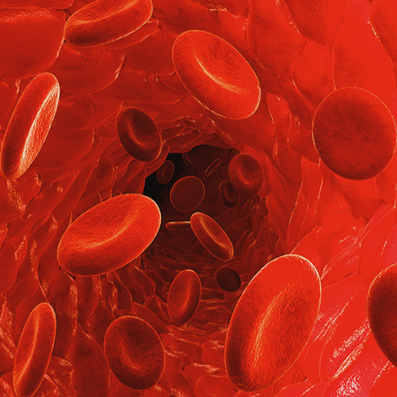
In a small clinical trial with 10 people genetically prone to dangerously high levels of cholesterol, a single infusion of the precision gene editor slashed the artery-clogging fat by up to 55 percent. If all goes well, the one-shot treatment could last a lifetime.
The trial, led by Verve Therapeutics, is the first to explore CRISPR for a chronic disease that’s usually managed with decades of daily pills. Called base editing, the technology is more precise-and potentially safer-than the original set of CRISPR tools.
The new treatment, VERVE-101, uses a base editor to disable a gene encoding a liver protein that regulates cholesterol. To be clear, these results are just a sneak peek into the trial, which was designed to test for safety, rather than the treatment’s efficacy.
Two people suffered severe heart issues, with one case potentially related to the treatment.
“It is a breakthrough to have shown in humans that in vivo base editing works efficiently in the liver,” Dr. Gerald Schwank at the University of Zurich, who wasn’t involved in the trial, told Science.
For these treatments, scientists extract immune cells or blood cells from the body, edit the cells using CRISPR to correct the genetic mistake, and reinfuse the treated cells into the patient. For edited cells to “Take,” patients must undergo a grueling treatment to wipe out existing diseased cells in the bone marrow and open space for the edited replacements.
Verve designed a “One-and-done” treatment to correct the PCSK9 mutation in these patients.
Verve’s treatment encodes the base editor in two different RNA molecules. Verve took the second approach because these nanoparticles are often first shuttled into the liver-exactly where the treatment should go-and are less likely to cause an immune reaction than viruses.
The treatment lasted at least eight months with barely any side effects. The new trial built on previous results to assess the treatment’s safety in 10 patients with familial hypercholesterolemia. At lower doses, the treatment was well tolerated overall with minimal side effects.
One person receiving a low dose died from cardiac arrest about five weeks after the treatment. According to a review board, the death was likely due to underlying conditions, not the treatment.
Another patient infused with a higher dose suffered a heart attack a day after treatment, suggesting the episode could have been related. Overall, an independent board monitoring data and safety determined the treatment safe.
Like other gene editing tools, base editing poses the risk of off-target snips-something this trial did not specifically examine. Long-term safety and efficacy of the treatment are also unknown.
“We are excited to have reached this milestone of positive first-in-human data supporting the significant potential for in vivo liver gene editing as a treatment for patients,” said Dr. Sekar Kathiresan, CEO and cofounder of Verve.
To Kathiresan, treatments like this one could benefit more than patients with familial hypercholesterolemia.
